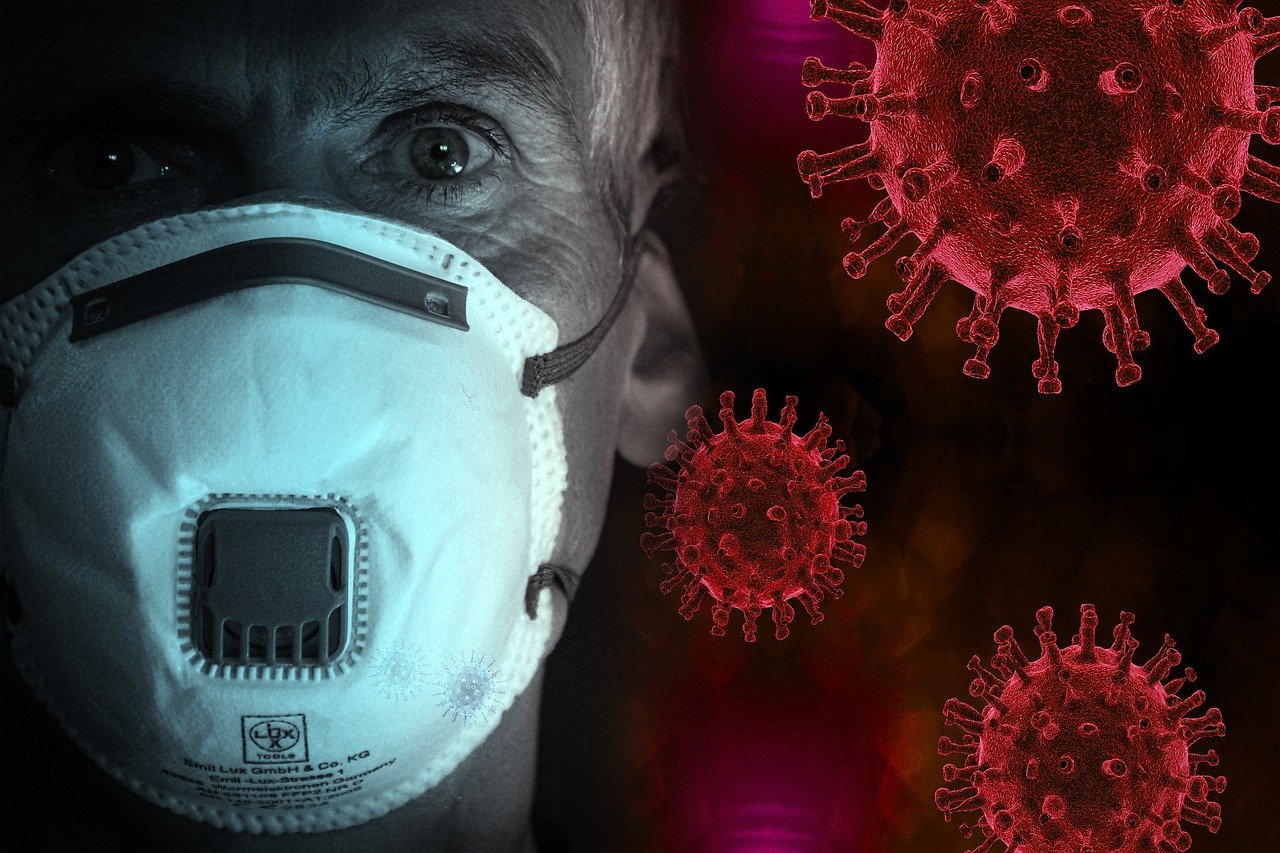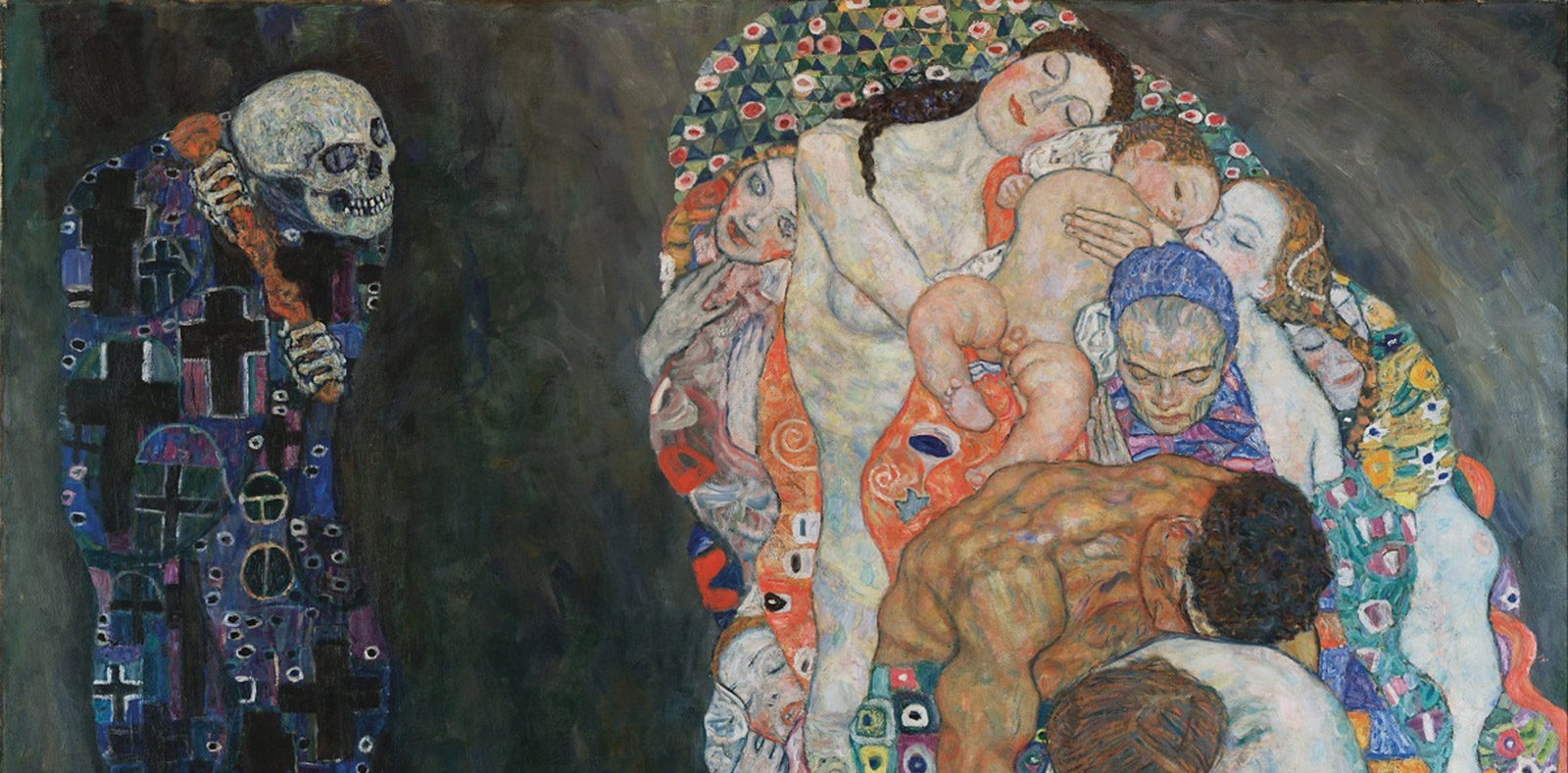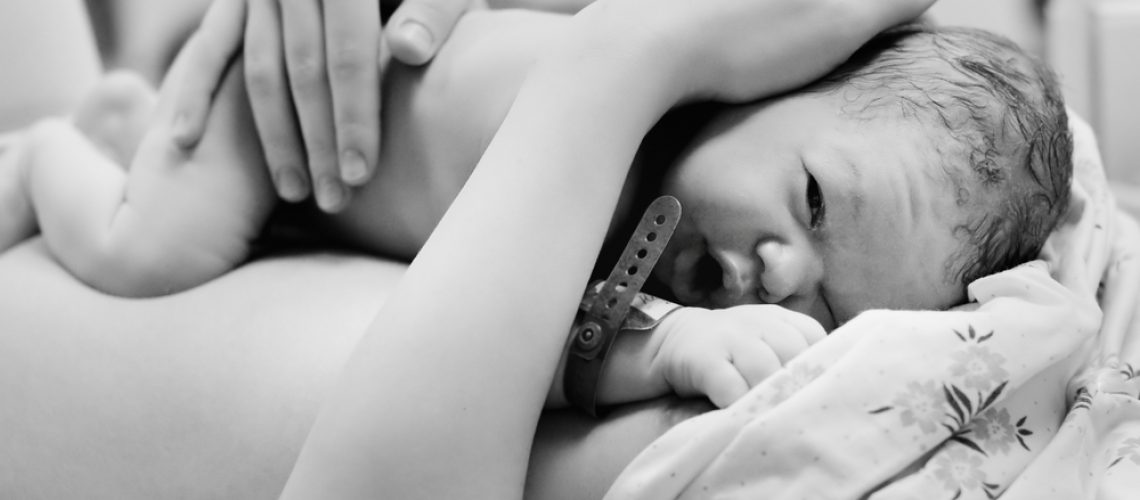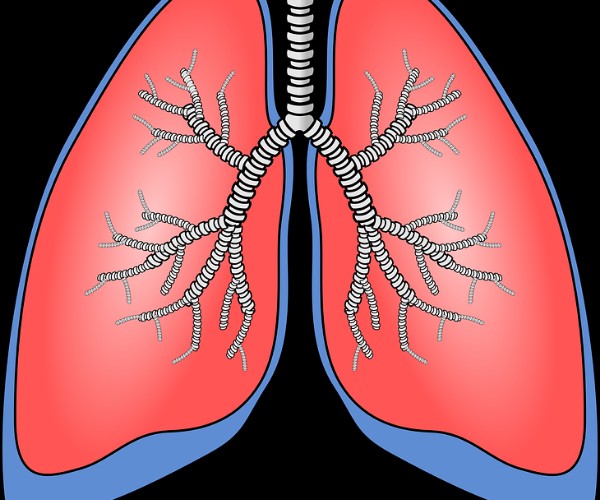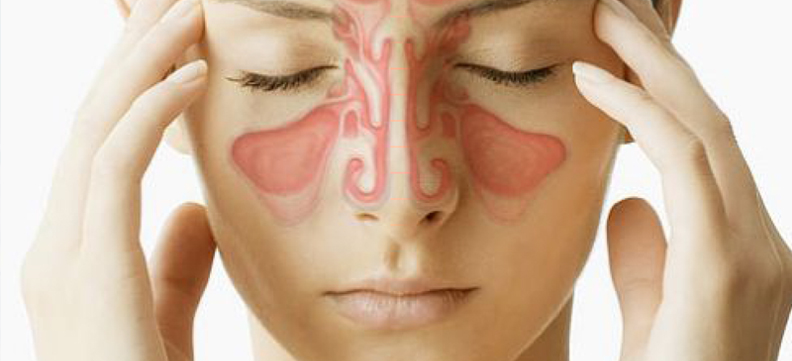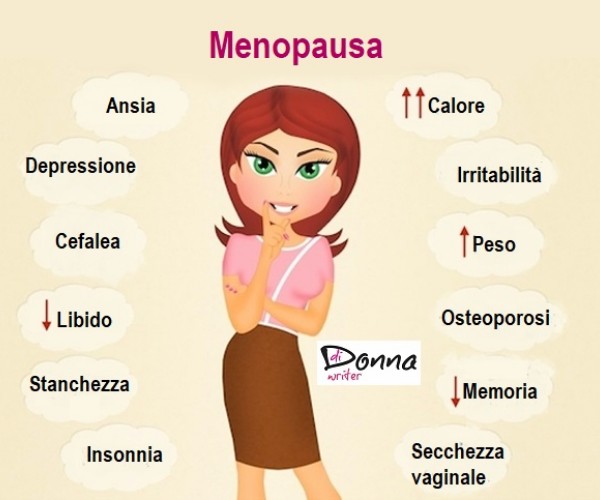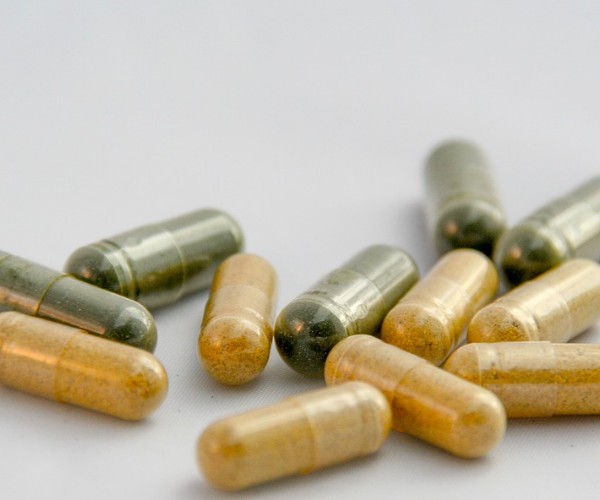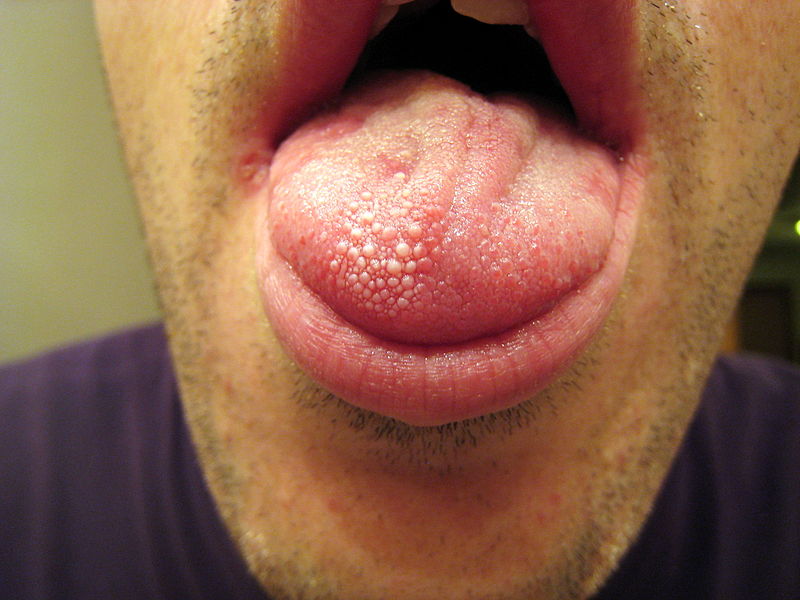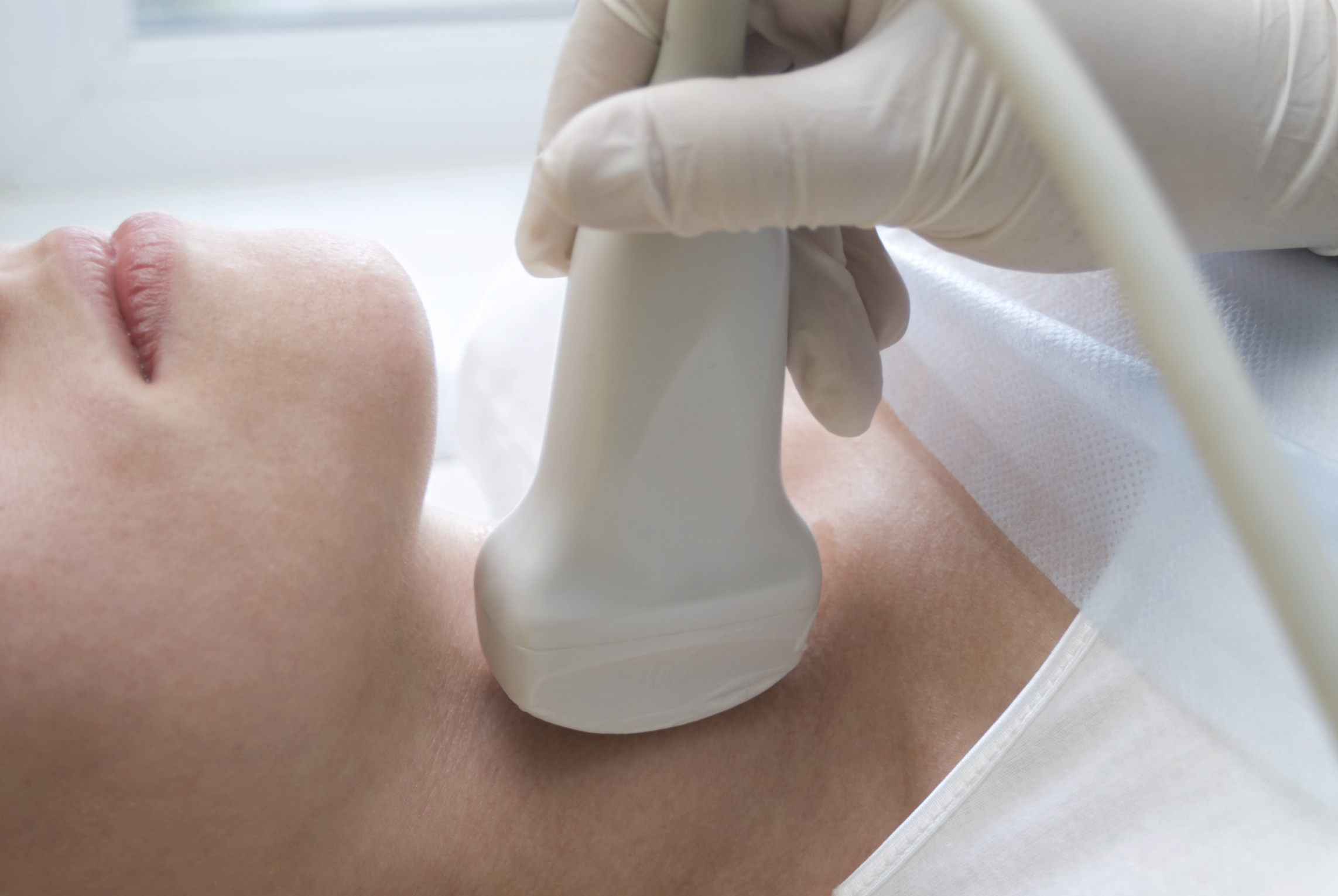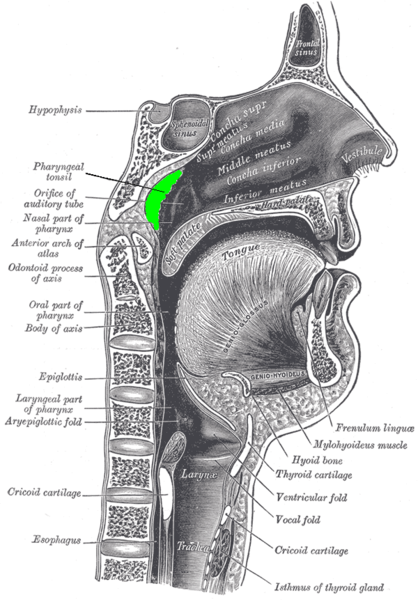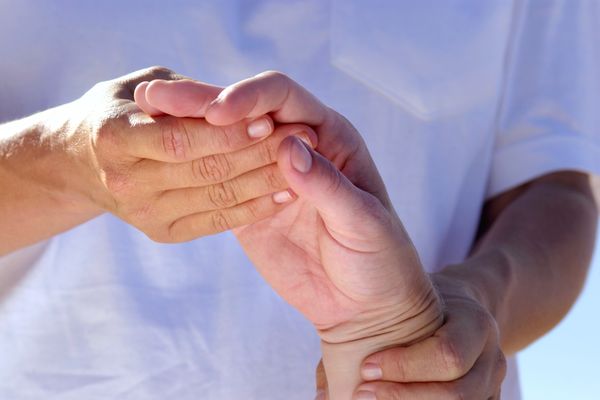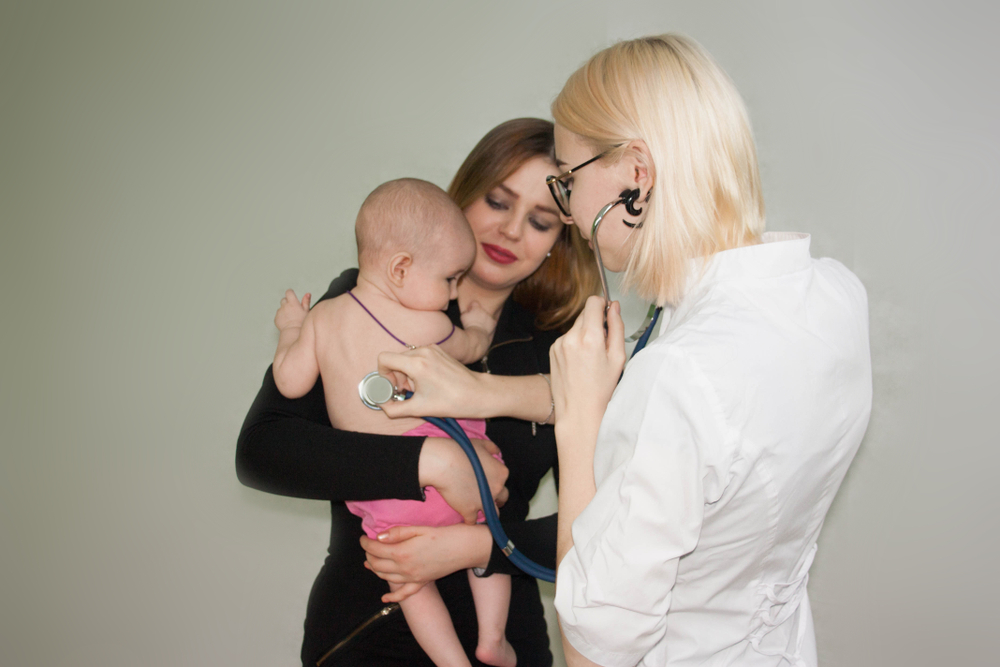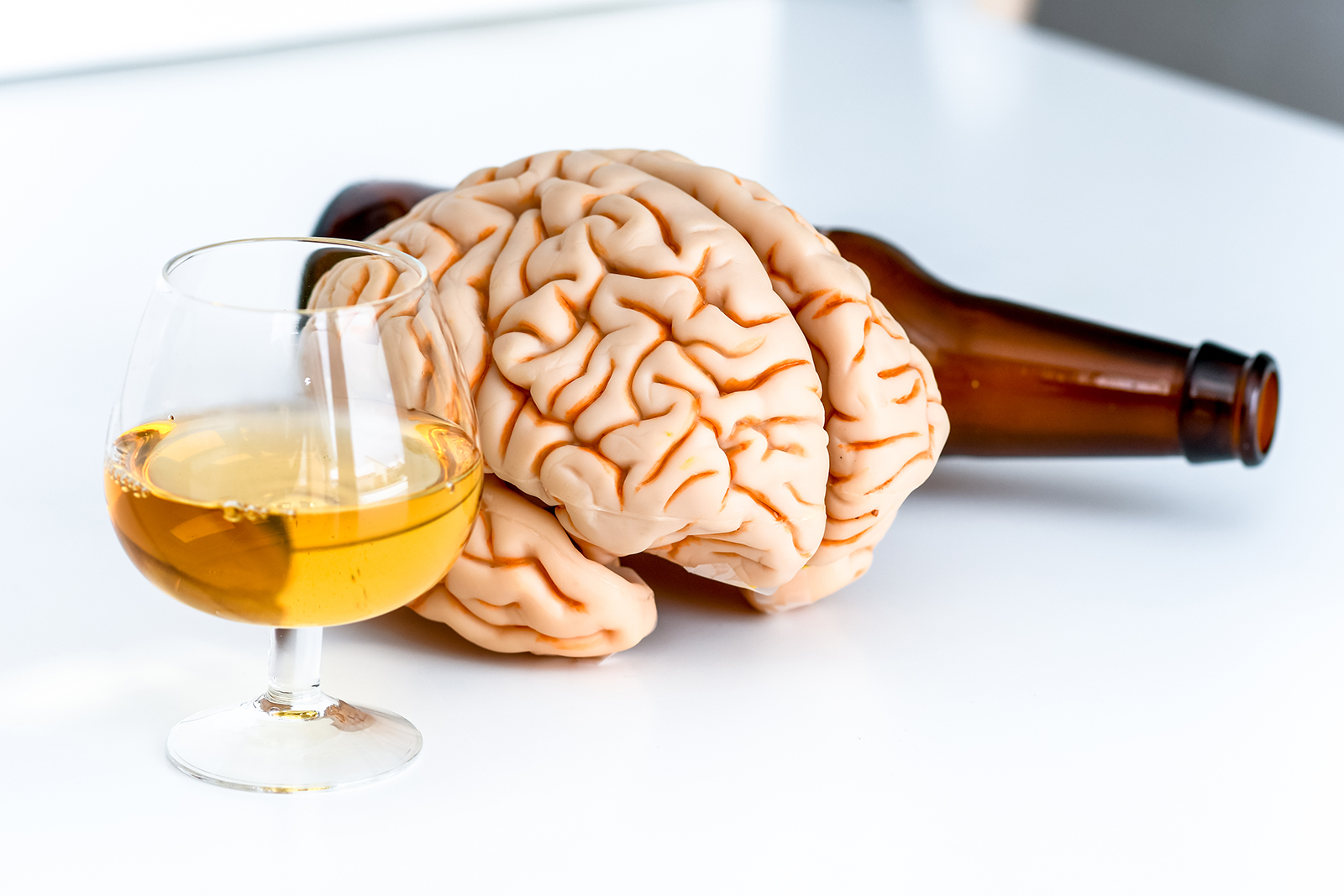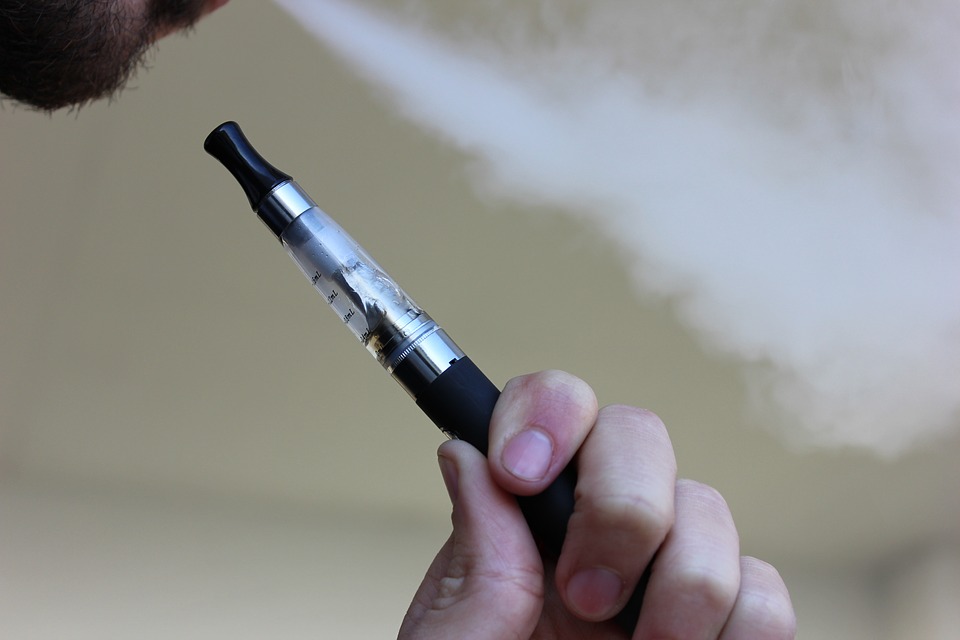The basic principles accepted in our cultural tradition are: respect for the person, the principle of beneficence, the principle of non-maleficence, fairness and justice.
Respect for the person
Respect for the individual encompasses at least two fundamental ethical beliefs: first, that individuals should be treated as autonomous agents; second, that people whose autonomy is diminished have a right to be protected. The principle of respecting people, is thus divided into two distinct moral demands: recognizing autonomy and protecting those whose autonomy is diminished. An autonomous person is an individual capable of reflecting on his or her personal goals. Respecting autonomy means giving weight to the opinions and deliberate choices of autonomous people, refraining from obstructing their actions. To disrespect an autonomous person is to deny value to thoughtful judgments, to deny him or her individual freedom to act, or to refuse to provide him or her with the information necessary to make a judgment. However, not all human beings are capable of self-determination. Some people, lose this ability completely or partially, as we saw earlier, due to illness or mental incapacity.
Respect for the immature and incapacitated demands that we protect them throughout the maturation process and as long as they remain in a state of incapacity.
The principle of beneficence
To treat people morally, one must not only respect their decisions and protect them against harm, but also strive to ensure their well-being. However, the cause of harm must be known if it is to be avoided; and in seeking this cause people may be exposed to the risk of receiving some harm.
The principle of non-maleficence
This principle is expressed in not intentionally doing harm. But, like all others, this principle does not have absolute validity, so it is not necessarily connected with the defense of life, but it is also compatible with judgments around the quality of life, however problematic and ambiguous this notion may be.
Equity and justice
What is everyone’s due?
Injustice occurs when a benefit to which a person is entitled is denied to him or her without a valid reason. This principle relates back to the right to informed consent. The assisted person has the right to receive adequate information in advance regarding the purpose and nature of the intervention, as well as its consequences and risks. The person concerned may freely withdraw his or her consent at any time. Only the informed patient knows what is good for him.
Charter of the rights of the premature infant
On September 22, 2010, UN Secretary-General Ban Ki-moon, presented the Global Strategy for Women’s and Children’s Health to the UN General Assembly at which he urged the need for joint efforts.
Italy was the first to respond to this call with the presentation, on December 21, 2010, in the Senate of the “Manifesto of the Rights of the Premature Child,” the result of the efforts of a multidisciplinary team composed of neonatologists, gynecologists and parents’ associations.
The Manifesto contains the “Charter of Rights of the Child Born Preterm,” promoted by Vivere
Onlus, the national coordination of neonatology associations. This decalogue represents an important legal landing place for all children and for the rights of the person, as well as for the rights of the premature infant. It is the result of associationism, between public and private institutions as well as at the family level.
Here, we might consider its enactment, the fruit of social justice advocacy efforts. In fact, this charter was born out of the need to protect silent people, such as premature infants. This phrase is intended to mean an infant at high perinatal risk because he or she was born before the completion of the 37th week of gestation. Preterm birth prevents many organs from reaching the physiological maturation necessary to cope with the extra uterine environment.
This charter stems from the need to have institutions recognize the priority right of premature infants, to benefit in the immediate and future from the highest level of care congruent with their condition. What is stipulated in that charter, also concerns the rights of the newborn with illnesses requiring hospitalization.
Art. 1 states, “The infant born prematurely must, by positive law, be considered a person.” The premature infant is not a patient or subject but fully a person and therefore “in relationship,” and it is no coincidence that the Charter places great emphasis on relationships. The premature baby, even if in the incubator, attached to tubes and whatnot, is and should be considered a “person.”
Art. 2 states, “All children have the right to be born within a system of care that ensures their safety and well-being, particularly in conditions that pose a risk of preterm pregnancy/delivery/birth, feto-neonatal distress, and/or postnatal onset malformations.” This article is about all children and is a warning to all of today’s society, which offers welfare but can hardly offer safety.
Art. 3 states, “The premature infant has the right to all support and treatment congruent with his or her state of health and to therapies aimed at pain relief. In particular, he has the right to compassionate care and to the presence and affection of his parents even in the terminal phase.” We would like to emphasize the multidimensional perception of pain and the person, which is evident from the use of the expressions “pain relief” and “compassionate care.” The concluding expression, “even in the terminal phase,” is indicative of the protection of life until its end.
Art. 4 states, “The premature infant has the right to immediate and continuous contact with his or her family, by whom he or she must be cared for. To this end, the active presence of the parent next to the child must be supported in the care pathway, avoiding any dispersion among family members.” This article emphasizes, the role of the family unit in its entirety, not relegating only to the mother a significant role in the growth and care given to her child. This means that crucial, not only for the premature infant but for every child, are the parental couple and their relationships. Each parent’s role and function in family balance should be accentuated. This article also refers to the concept of “contact,” understood as physical and psychological, and the concept of continuity, which is also etymologically related to the concept of “containment” or holding.
Art. 5 states, “Every premature infant has the right to enjoy the benefits of breast milk throughout his or her hospital stay, and as soon as possible, to be breastfed at his or her mother’s breast. Any other nutrient shall be subject to individual prescription as complementary and subsidiary food.” This article draws attention to the extreme heterogeneity of the hospital situation in Italy, in that there are hospitals that practice “marsupiotherapy” (so called because the infant is placed on the mother’s chest) and other hospitals where, on the other hand, parents are only allowed to approach the incubator for a couple of hours a day.
Art. 6 states, “The hospitalized premature infant has the right to have parents properly informed in an understandable, comprehensive and continuous manner about the development of his or her condition and treatment choices.” This article emphasizes the consideration of the infant as a person by posing as a contrast to the depersonalization of the sick person.
Art. 7 states, “The premature infant has the right to have parents supported in acquiring their special and new parenting skills.” This article highlights the difference between generativity and parenting, emphasizing that parenting is the result of a conscious choice, with a time dimension
continuous and not just the expression of one’s own desire or need, limited in time.
Art. 8 states, “the premature infant has the right to continuity of care after hospitalization, pursued through an explicit personal care plan shared with the parents, involving expertise in the territory and which, in particular, provides, after discharge, for the implementation over time of an appropriate multidisciplinary follow-up, coordinated by the team that received and cared for the infant at birth and/or that is following the infant.” This article highlights the shift from “caring” medicine to “taking care.”
Art. 9 states, “In the case of outcomes involving disabilities of any kind and degree, the newborn child has the right to receive rehabilitative care as necessary and benefit from the appropriate integrated social, psychological and economic supports.” This article refers to the duty of solidarity as enshrined in Article 2 of our Constitution.
Art. 10 states, “Every family of a premature infant has the right to have its special needs met, including through collaboration between institutions and entities belonging to the Third Sector.” In this article we focus on the effectiveness of the interventions that are delivered.
Source: ” Mediserve‘s Intrapartum Care Models,” by Vittorio Artiola, Simona Novi, Salvatore Paribello, Ferdinando Pellegrino, Giuseppina Piacente, Andrea Vettori



